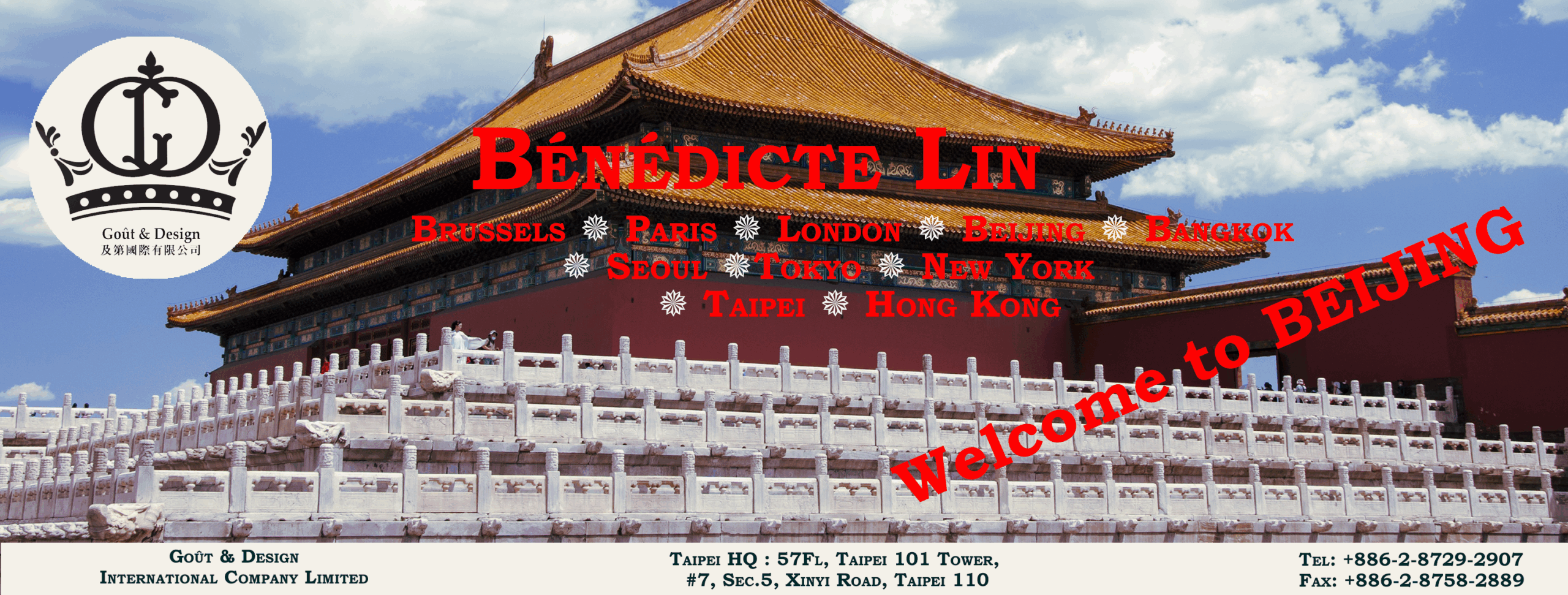Tibetan thangka painting is more than art—it is a sacred ritual, shaped by centuries of devotion and precision. Each canvas is a portal into Buddhist cosmology, requiring not only mastery of form but spiritual alignment. Rooted in temple traditions and shaped by strict, often unwritten rules, the practice has been passed down through generations in quiet, disciplined settings. Murals found on ancient temple walls are not just decoration but lessons encoded in pigment, gesture, and proportion, carrying silent teachings forward without the need for words.
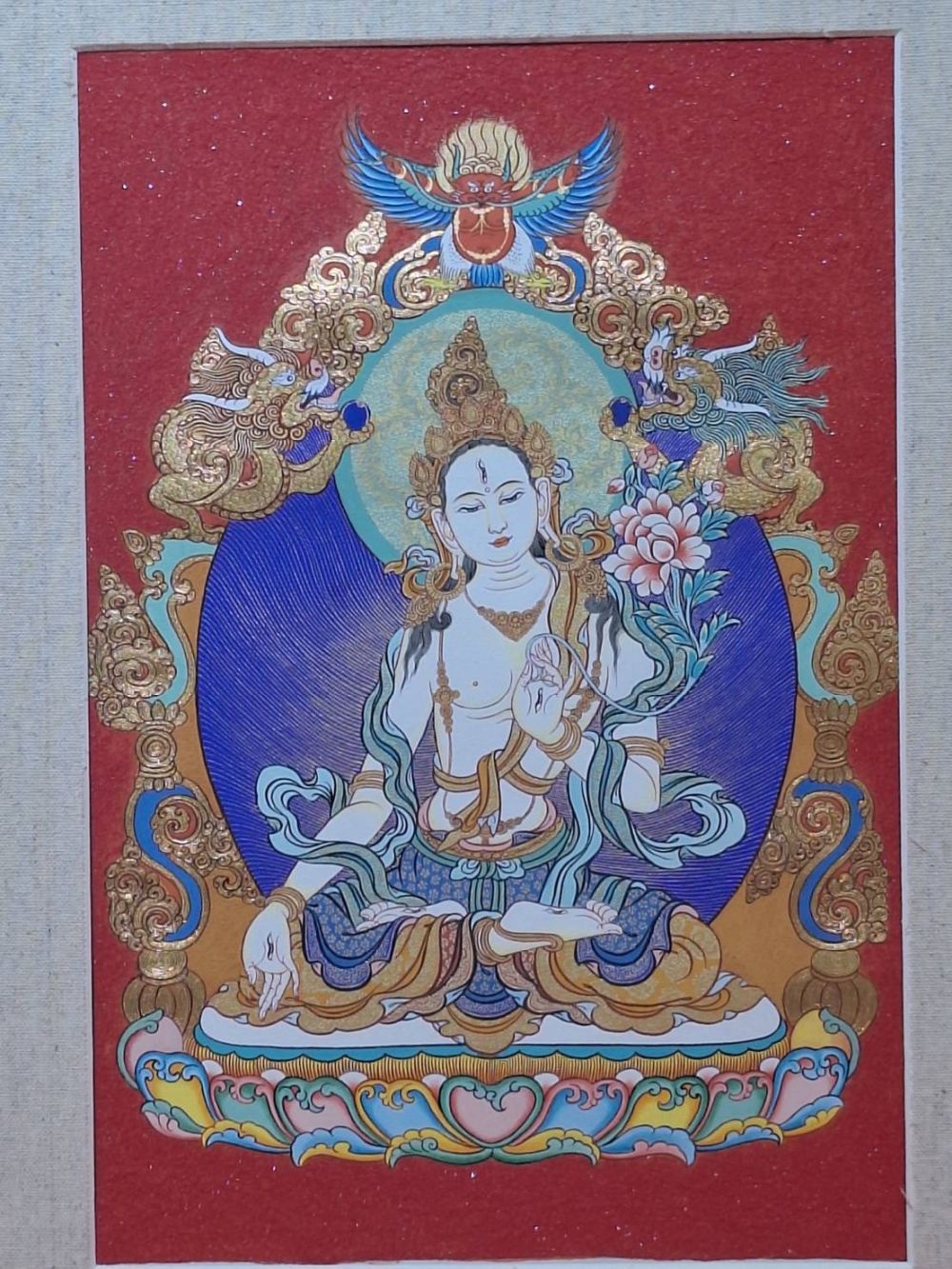
The making of a thangka begins long before the first stroke of a brush. Natural pigments, often made from crushed gemstones, minerals, and plants, must be carefully gathered from remote mountain regions. These raw elements are then ground, washed, filtered, and dried—each step slow, deliberate, and meditative. The process of layering color is equally intricate, requiring multiple passes, sometimes more than seven for a single hue, each applied in alternating directions to build a luminous, almost breathing surface. Precision is everything; one slip can dissolve hours of labor, and perfection is the baseline rather than the goal.
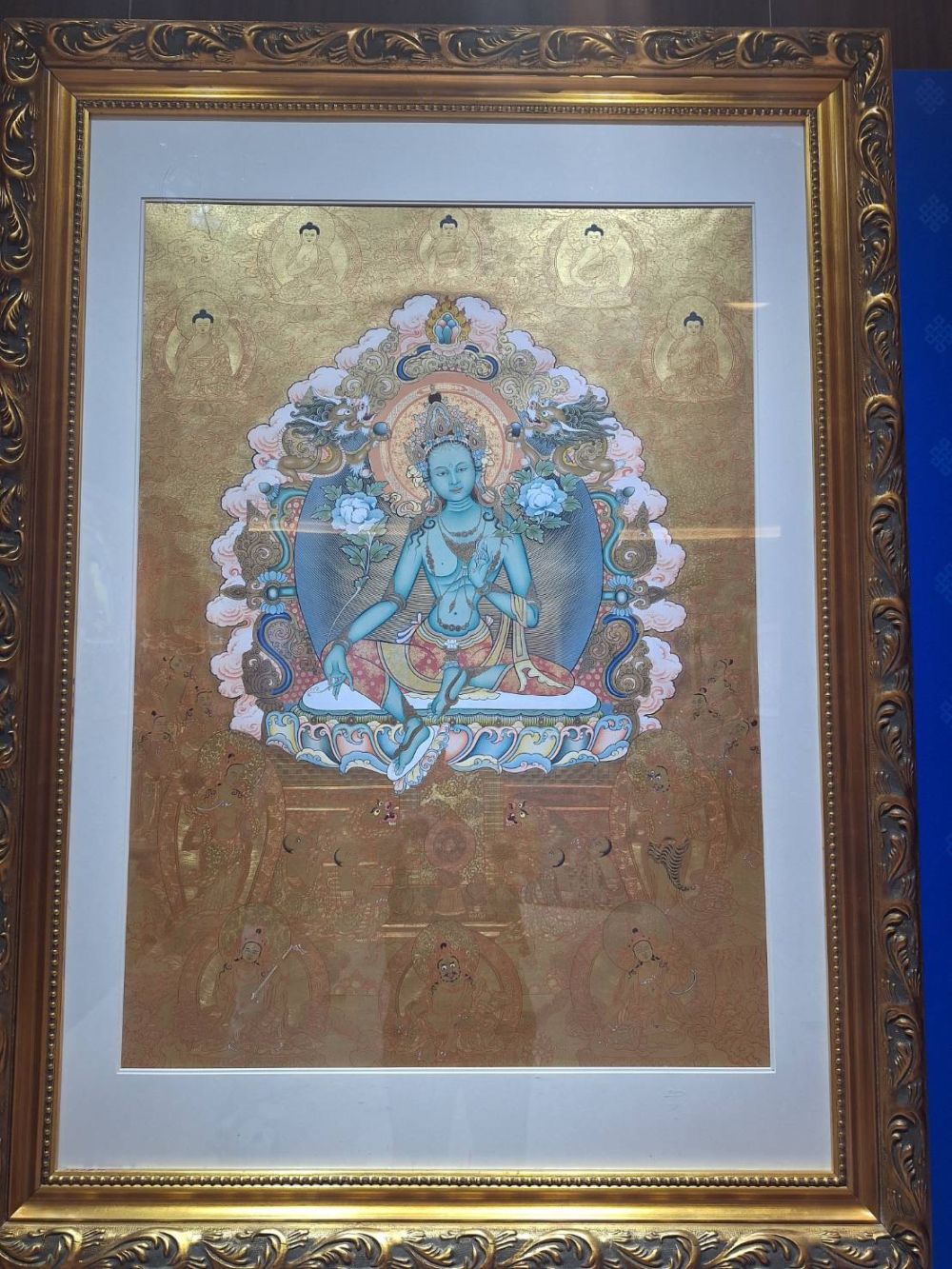
Every motif within a thangka obeys strict symbolic geometry. Deities are not imagined but revealed through canonical proportions, encoded in sacred texts and visual memory. The folds of a robe, the angle of a hand, the arc of a lotus petal—all of it must adhere to symbolic logic while maintaining aesthetic harmony. There is no improvisation, no artistic license in the Western sense. Instead, the painter surrenders to lineage and tradition, becoming a vessel through which the divine is rendered visible. The process itself becomes a kind of meditation, a merging of hand and mind in service of something far beyond either.
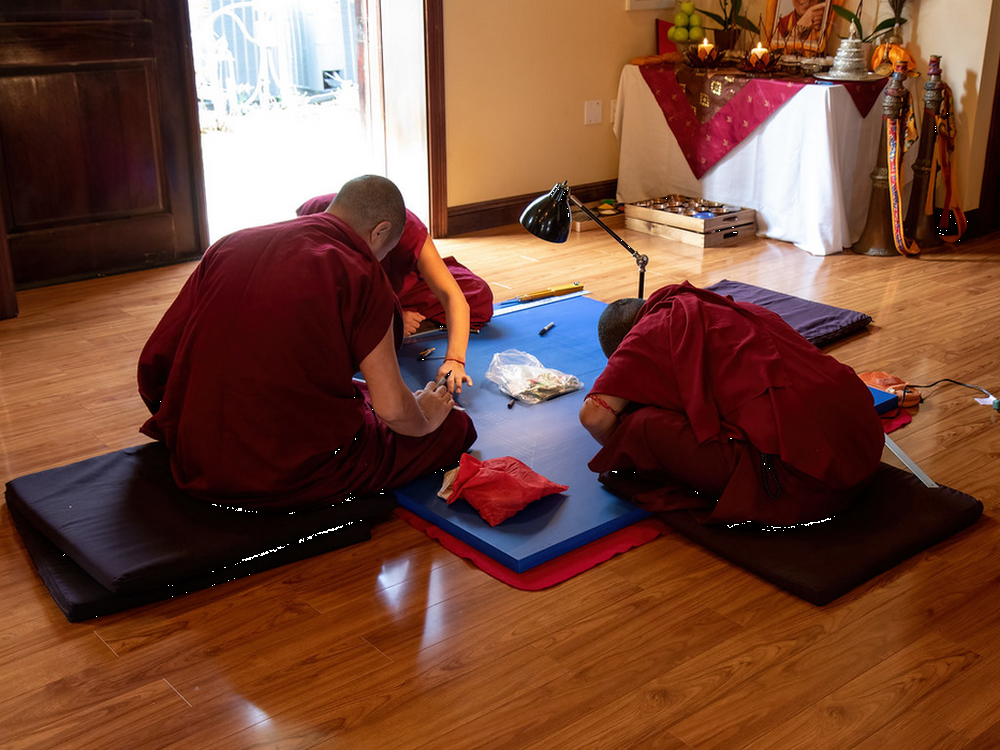
And yet, for all its fixed forms and demands, thangka painting is alive. It absorbs influences—from Chinese brushwork to Indian iconography—while maintaining its unique spiritual charge. It is not frozen tradition but continuity through adaptation, its essence unchanged even as techniques evolve. In monasteries and workshops, in mountain villages and hidden studios, thangka persists: a world painted into being, one layer at a time, each image not only seen but experienced. Through pigment and discipline, it carries the sacred across generations, unwavering, timeless.
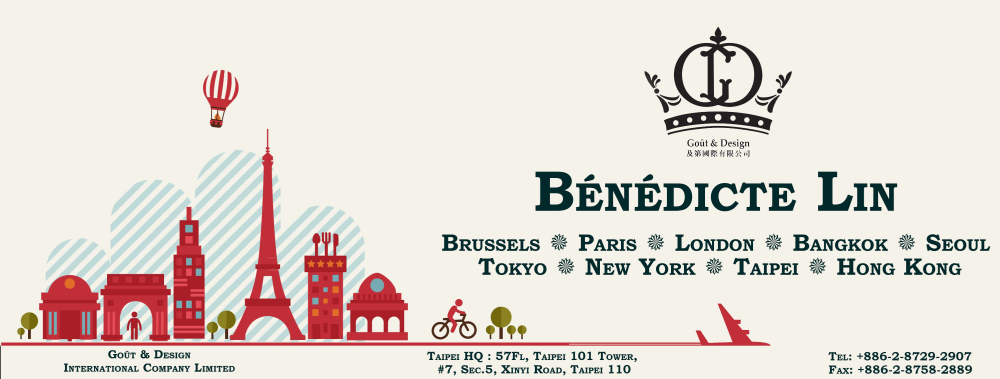
#Thangka #TibetanArt #BuddhistArt #SacredPainting #TraditionalArt #PigmentArt #TempleMurals #MindfulCreation
